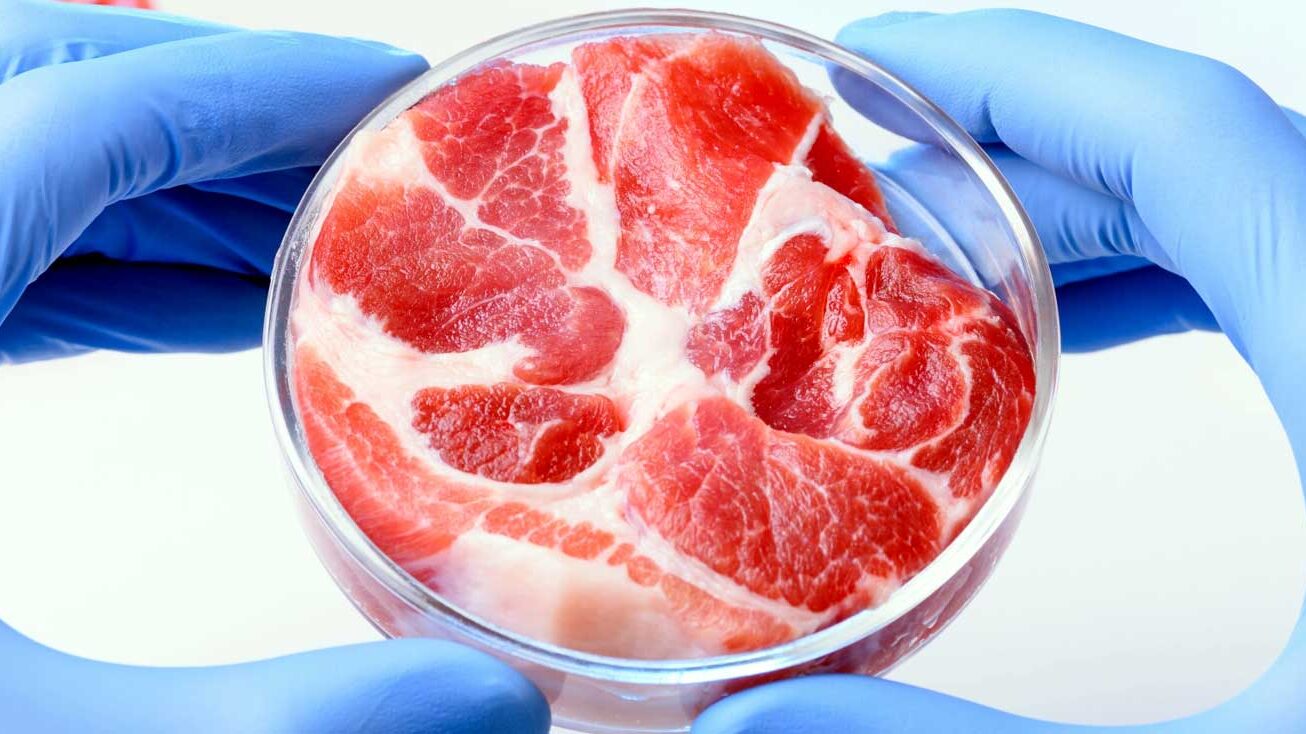How Cellular Agriculture Could Revolutionize Sustainability and Combat Global Warming
In a world where the environmental impact of livestock farming has been a growing concern, cellular agriculture emerges as a possible solution. Recent studies reveal that livestock farming alone accounts for a staggering 14.5% of global greenhouse gas emissions. With the goal to achieve net-zero carbon emissions, as outlined in the Paris Agreement, we must set our focus on finding sustainable solutions.
What exactly is cellular agriculture? At its core, this groundbreaking biotechnology takes place in laboratories, combining regenerative medicine and synthetic biology to produce animal-based products. There are two popular scientists used by scientists to create these products.

- Acellular Products: By harnessing organic products like fats and proteins from yeasts and bacteria, scientists can recreate familiar food items such as milk and cheese without using living cells.
- Cellular Products: Unlike acellular products, cellular products use living or once-living cells to cultivate meat, milk, and eggs. Through techniques like tissue engineering, the end products mirror the taste, texture, and nutritional value of conventional animal-based products.
The potential for cellular agriculture stretches beyond cultured meat and the food industry- sectors like cosmetics and pharmaceuticals may also benefit.
The urgency to pivot towards cellular agriculture is clear. Due to human activities, specifically livestock farming, the greenhouse effect has been accelerated, leading to detrimental consequences to the environment such as rising sea levels, extreme weather events, and biodiversity loss. Implementing cellular agriculture could be a viable method to mitigate these effects, potentially reducing emissions by a staggering 92% by 2030, as indicated by a 2021 study.
As cellular agriculture continues to develop, the transition to a sustainable food ecosystem depends on the collective public embracing these innovative solutions and reevaluating consumption patterns. If we are able to successfully and economically implement cellular agriculture, we can cultivate a more resilient, eco-conscious future.
References:
- Pusic, N. (2023, September 7). Explainer: What is cellular agriculture and how it can help reduce the sector’s carbon footprint? Earth.Org. https://earth.org/what-is-cellular-agriculture-and-how-it-can-help-reduce-the-sectors-carbon-footprint/

